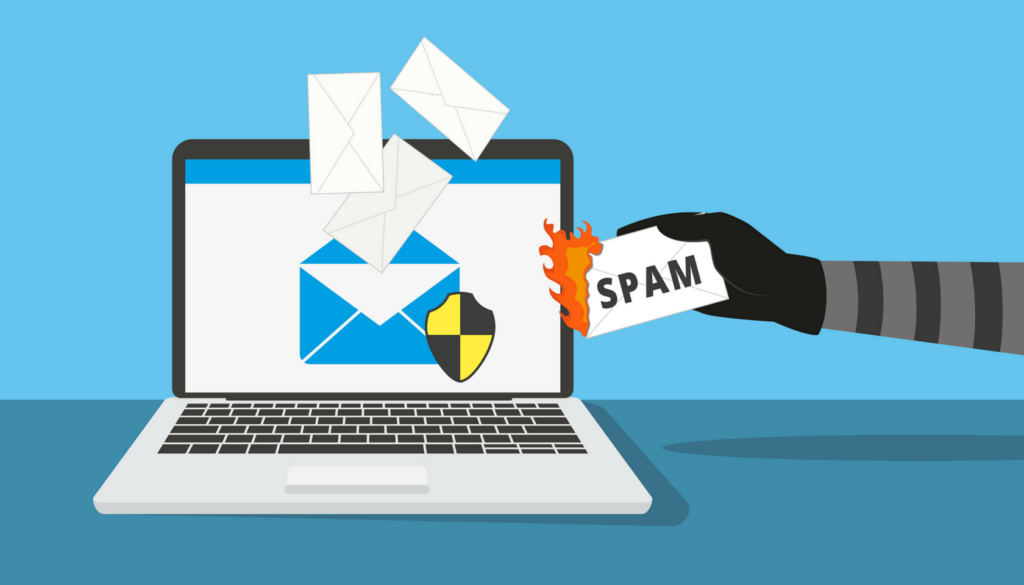Myths about deliverability in email marketing

In our blog you will find numerous posts dedicated to talk about the importance of deliverability in email marketing. It seems obvious that if our emails don't reach users, our email marketing campaigns are meaningless.
In this case we will talk about the false myths that have arisen around the deliverability of email marketing campaigns.
1. The perception of what is SPAM and what is not is the same among marketers and users.
What is not SPAM for you may be SPAM for the users who receive your emails. Even if an email is very elaborate and we believe that it meets all the formal requirements to not be considered as SPAM, we must not forget that we are addressing people and that we must have a more human vision of the emails we send.
2. Inbox placement and deliverability are the same
Many people think that "inbox placement" and "deliverability" are the same thing, but this is not the case. We are talking about two concepts that, although they are very similar, refer to different things. Firstly, deliverability refers to all those emails that arrive in our inboxes. Whether it is the spam folder, the inbox or promotions... When there are problems with deliverability we talk about two types of levels: emails considered as spam that never reach our email inbox (neither the inbox nor the spam folder) and bounced emails.
However, when we talk about inbox placement, we are talking about where in our inbox the incoming emails are placed (inbox, spam folder, promotions...). So, while deliverability can affect inbox placement, inbox placement will never affect deliverability. Because to talk about inbox placement is to talk about emails that we have received, regardless of whether they arrive in the inbox or the spam folder.
3. The use of special characters and words such as "BUY HERE" and "FREE" do not pass the deliverability filter.
This is one of the most common assertions. Well, it is time to disprove it. The use of special characters, capital letters and keywords, to some extent, does not affect the deliverability of your emails in any way. It all depends on the context and the use you make of them. It will also depend on the reputation and sending habits recorded by email customers. If you run good email campaigns, respect your users and know how to use these elements, you won't have any deliverability problems unless the user decides to send you to the SPAM folder.
4. Casualties are the most damaging to your reputation.
Unsubscribes have no known negative effect on the deliverability and reputation of your emails when rates are normal. In fact, it is a way to keep your database clean with only people who do want to receive your email communications and are interested in what you can tell them. So, it is a positive thing for you. As we have said many times, it is very important to have a quality email database. And that means having only contacts that are interested in your brand, products or services. This will ensure that they will not mark us as spam and that they want to continue receiving our emails. Otherwise, it is better that they unsubscribe than end up sending us to the spam folder. That does affect our reputation.
5. If a test mailing gets through to the recipient, the rest of the emails will also get through.
If we are talking about small mailings, this statement is probably correct. However, if we are talking about mass mailings, this is not necessarily the case. Although testing of shipments is absolutely necessaryWe have to look very carefully at our emails to make sure that they meet the requirements to not be considered as SPAM by our users. And we must also think that our users use different email clients and not all of them work in the same way.
Read also Typical mistakes that can turn your emails into SPAM

